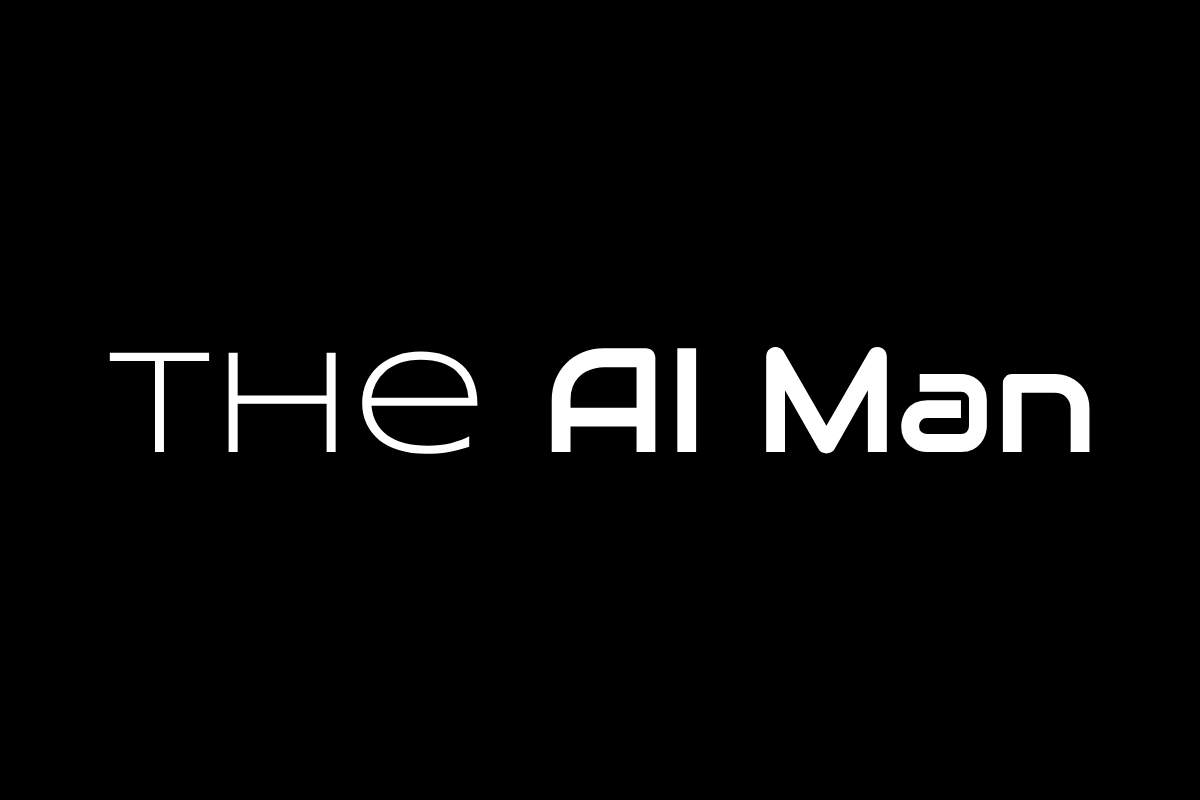Imagine scrolling through Instagram and double-tapping a perfectly styled selfie, only to discover the person doesn't actually exist.
Welcome to 2025, where virtual influencers - computer-generated personalities with flawless skin, curated lifestyles, and millions of followers - are reshaping how brands connect with audiences.
These digital humans aren't just a tech novelty anymore; they're serious business players commanding real money and genuine engagement.
The Market Boom: Virtual Gets Very Real

Virtual influencer market shows explosive growth trajectory from $6.33B in 2024 to projected $111.78B by 2030
The numbers paint a clear picture of this digital revolution:
Explosive growth: The virtual influencer market skyrocketed from $6.33 billion in 2024 to $8.30 billion in 2025, with projections reaching an astronomical $111.78 billion by 2030
Brand adoption: Over 60% of companies have already experimented with virtual influencers, while 58% of US consumers follow at least one digital personality
Premium pricing: Top AI influencers like Lil Miquela command up to $20,000 per sponsored post, with average campaign costs ranging from $18,000 to $30,000
Superior engagement: Virtual influencers achieve 2.84% average engagement rates compared to human influencers' 1.72%, though humans still generate 5.8 times more total likes per post

AI influencers surprisingly outperform human influencers in average engagement rates at 2.84% vs 1.72%
Why Brands Are Making the Switch

Image source: elperiodico
The appeal goes far beyond novelty - virtual influencers solve real business headaches:
Zero scandal risk: No worry about embarrassing tweets, controversial opinions, or brand-damaging behavior that can torpedo campaigns overnight
Always available: These digital personalities never get sick, miss flights, or demand time off between major campaigns
Global presence: One avatar can simultaneously appear at events worldwide while speaking multiple languages fluently
Cost efficiency: After initial creation, virtual influencers can reduce ongoing campaign expenses by up to 30%
Perfect brand alignment: Every post, gesture, and message can be precisely crafted to match company values
Real success stories are already emerging. Aitana López, a Spanish virtual model, took her signature pink bob from a hair salon partnership straight to Times Square billboards. Meanwhile, digital supermodel Shudu has graced Vogue pages and worked with Balmain, proving virtual can mean luxury-level credibility.
What We're Gaining and What We're Losing

Image source: FIV Magazine
This digital shift creates fascinating paradoxes. While AI influencers excel at consistency and visual perfection, they face unique challenges:
Engagement puzzle: Despite higher percentage rates, virtual influencers receive significantly fewer total interactions than their human counterparts
Authenticity questions: Consumers increasingly debate what "real" means when flawless digital beings promote tangible products
Creative boundaries: Virtual personalities shine with scripted content but can't replicate the spontaneous, genuine moments that create viral human connections
Smart virtual influencers are finding their sweet spot. Japan's Imma has built 393,000 followers by embracing her digital nature with hashtags like #ithinkimcgi, while focusing on fashion and art rather than trying to mimic everyday human experiences.
Looking Ahead: The Hybrid Revolution
What's coming: more sophisticated AI personalities with advanced emotional capabilities, integration with virtual reality experiences, and personalized avatars that adapt to different audiences. Industry experts predict 30% of influencer budgets will go to virtual personalities by 2026.
The age of purely human influence is evolving. Smart brands aren't replacing humans - they're expanding their creative toolkit to include digital personalities that never sleep, never scandal, and always stay perfectly on-message. They're freeing human creators to focus on what they do best - telling authentic stories and building genuine connections - while handling the repetitive, high-volume content needs that brands require.
You heard it here first! 📰

